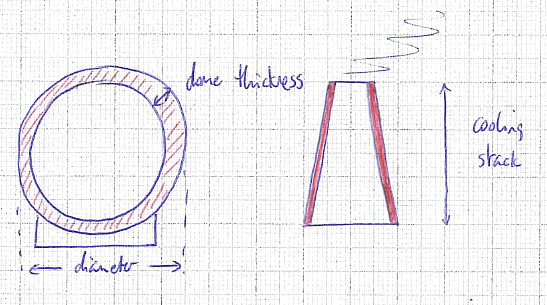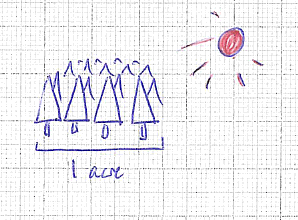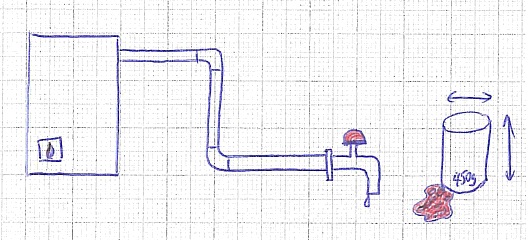

With climate change patterns ever present in the headlines, often the numbers will be skipped over in favour of a more digestible story. Sometimes the environmental benefit is clear cut: putting up the cost of air travel would reduce the number oflights and hence emissions, but what about those benefits which are just too close to call? For example, changing from incandescent light bulbs to compact fluorescent bulbs does save energy on the running costs but ignores the energy involved in their manufacture and subsequent disposal. Would 10 normal lightbulbs be overall better than 1 low energy one? What about in winter when the heat from the bulb reduces the need for central heating?
The following questions are all scenarios that are a bit too close to call. Using some known constants, a bit of estimation, and a few assumptions, maybe there's a quick way to squash some environmental myths?
Making concrete involves heating up limestone, calcium carbonate, to make calcium oxide used in cement. This liberates carbon dioxide gas. Cement is used as a constituent of concrete used by the construction industry.
Over the running life of a power station, does the saving of CO2 compared with fossil fuelled power stations balance out the vast amount of concrete used to make the power station in the first place?

Note, the calculation ignores any emissions associated with running the plant such as workers travel/reprocessing waste/mining Uranium ore. The spreadsheet allows a figure to be added to estimate this.
Steel, plastic, and rubber all come together to produce a motor car. How does the energy embodied in the car through the use of these materials compare with the fuel used when driving the car.
On that basis, is it better to scrap an old inefficient car or just keep on driving it?
One popular way to counter the guilt of an extravagent purchase is to pay a little extra to have some trees planted in a 'green' tree hugging way.
Given the annual carbon dioxide output from human activities, how many trees would be needed to restore the balance?

Note, the calculation assumes the trees keep on growing forever when in practice for a net removal of CO2 more new trees would be required to counter the rotting wood's emissions.
With kerb side recycling schemes in many towns and cities or recycling points at the local supermarket, everyone is encouraged to recycle packaging wherever possible.
Does the energy to heat the water used to wash out the packaging exceed any benefit?

